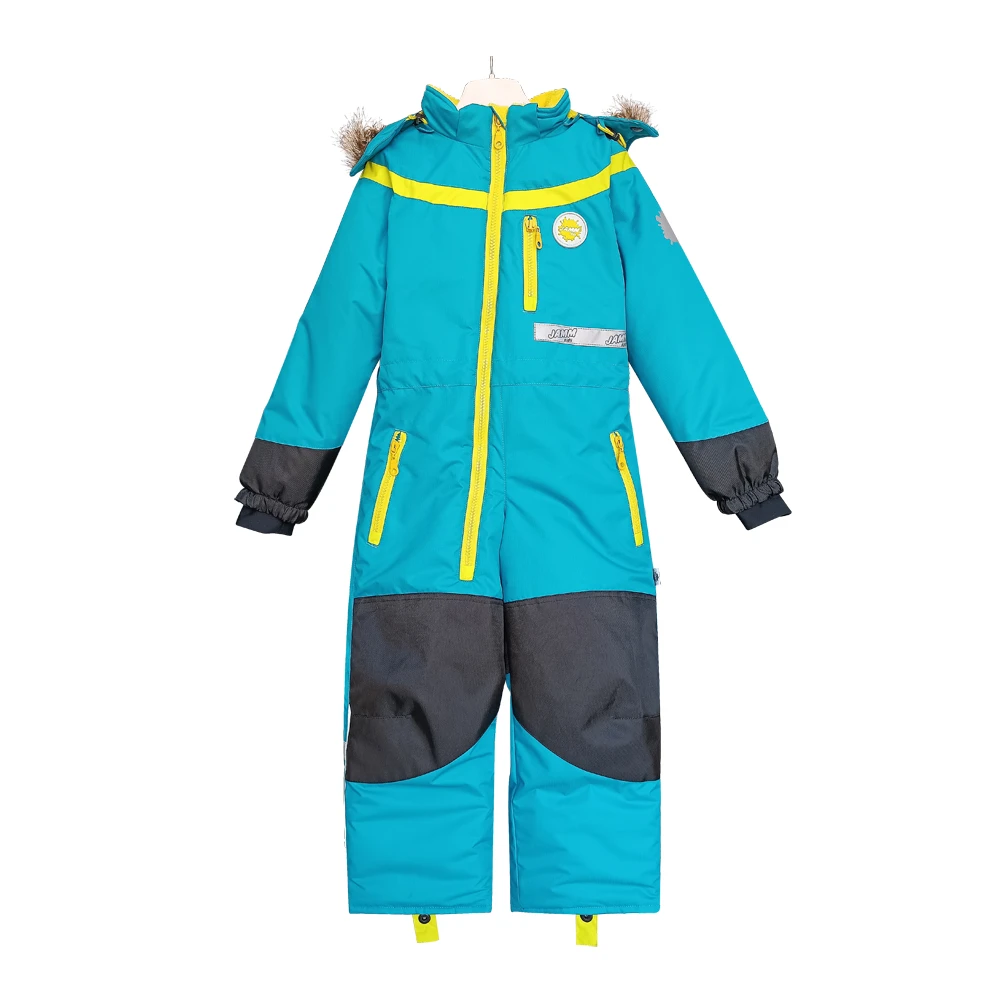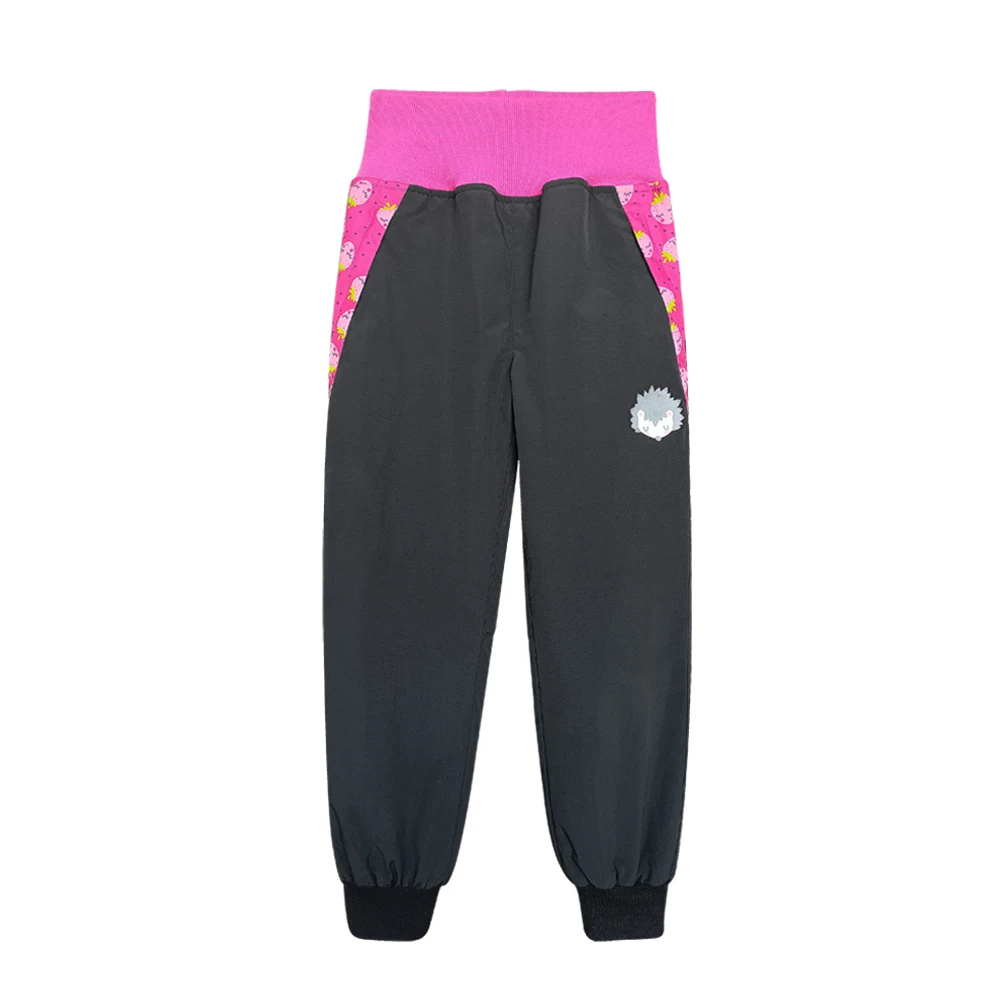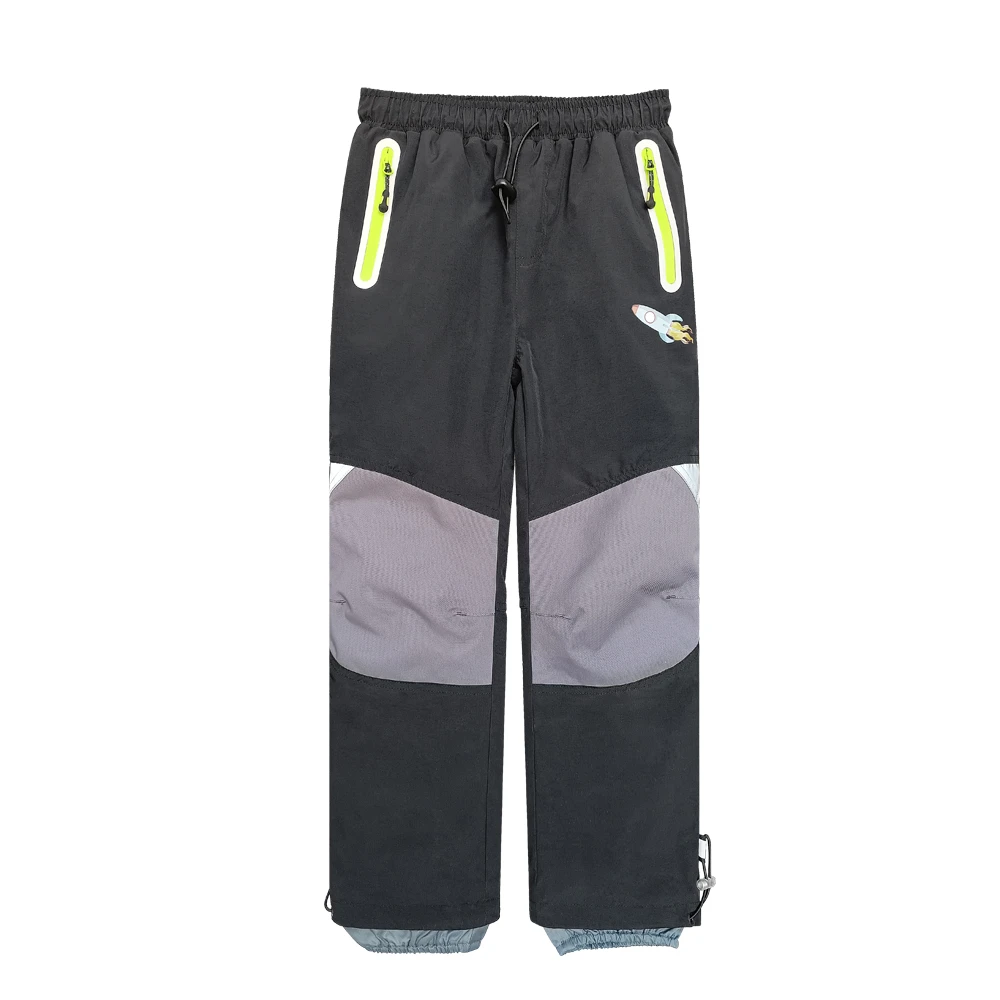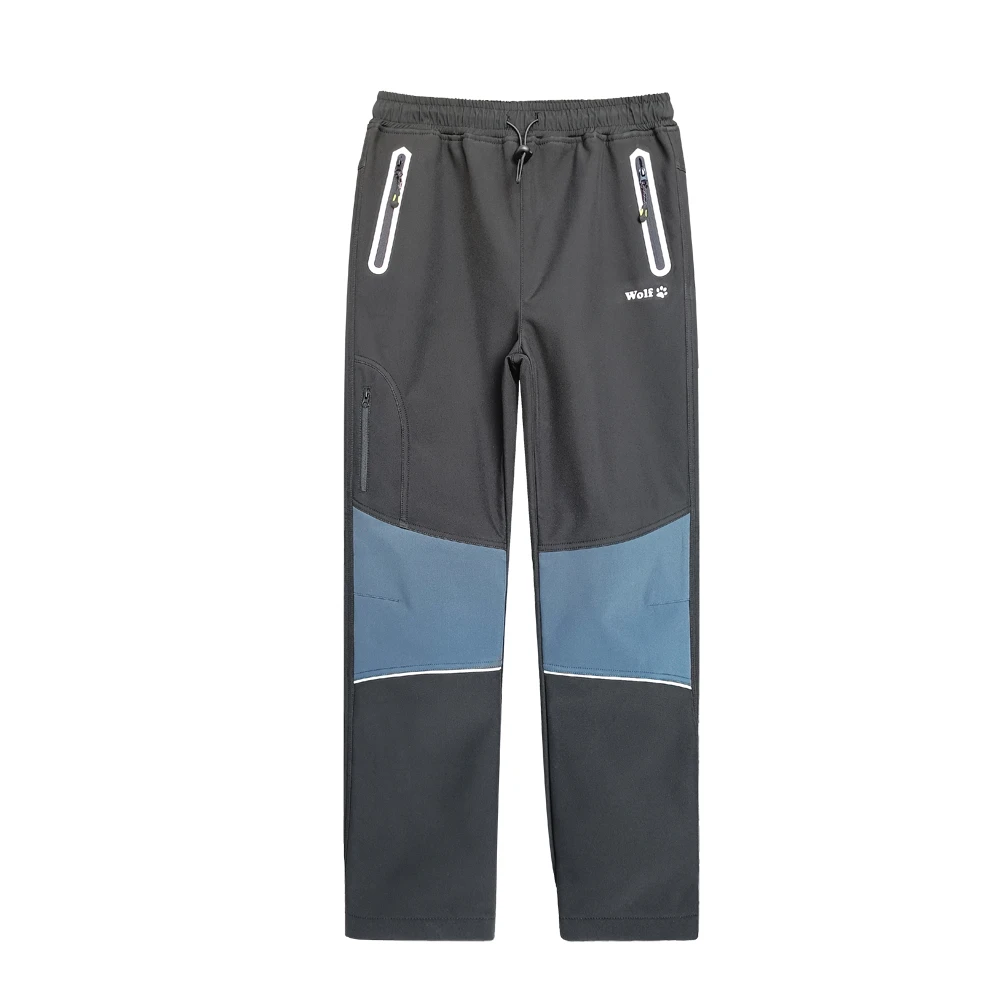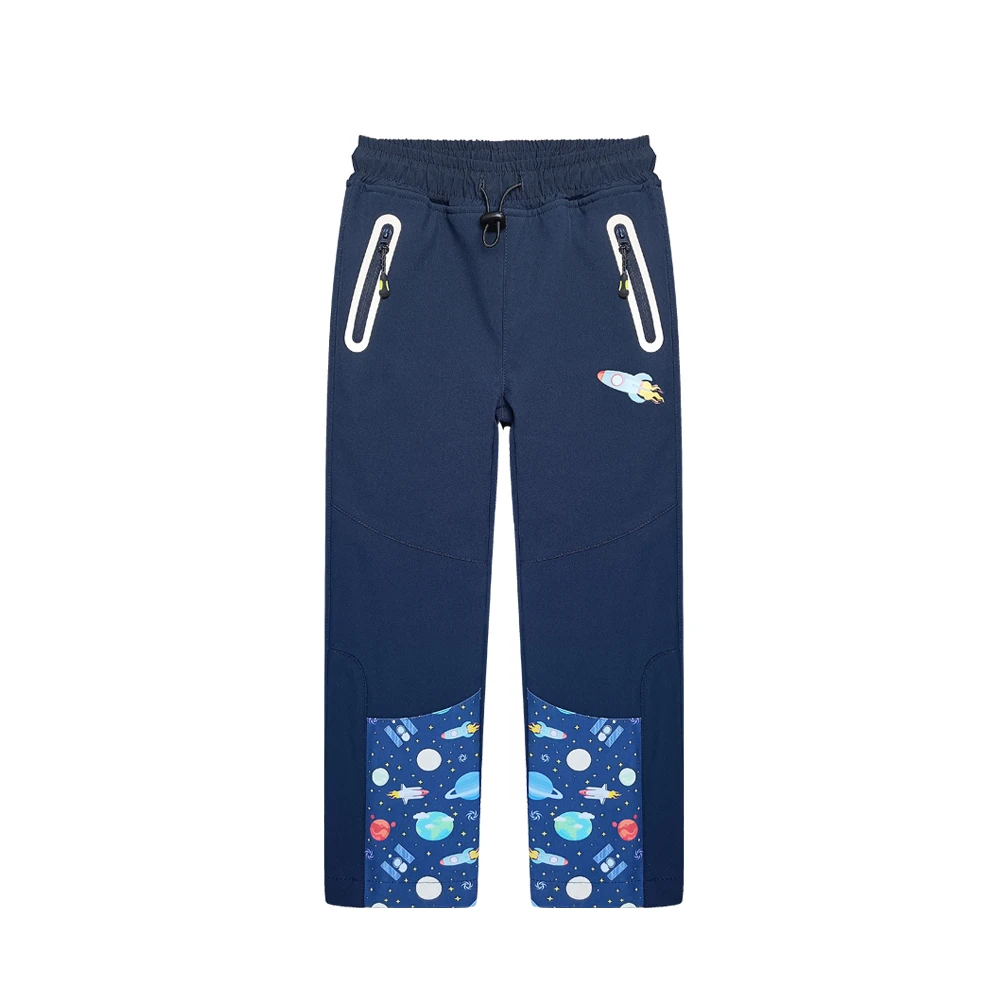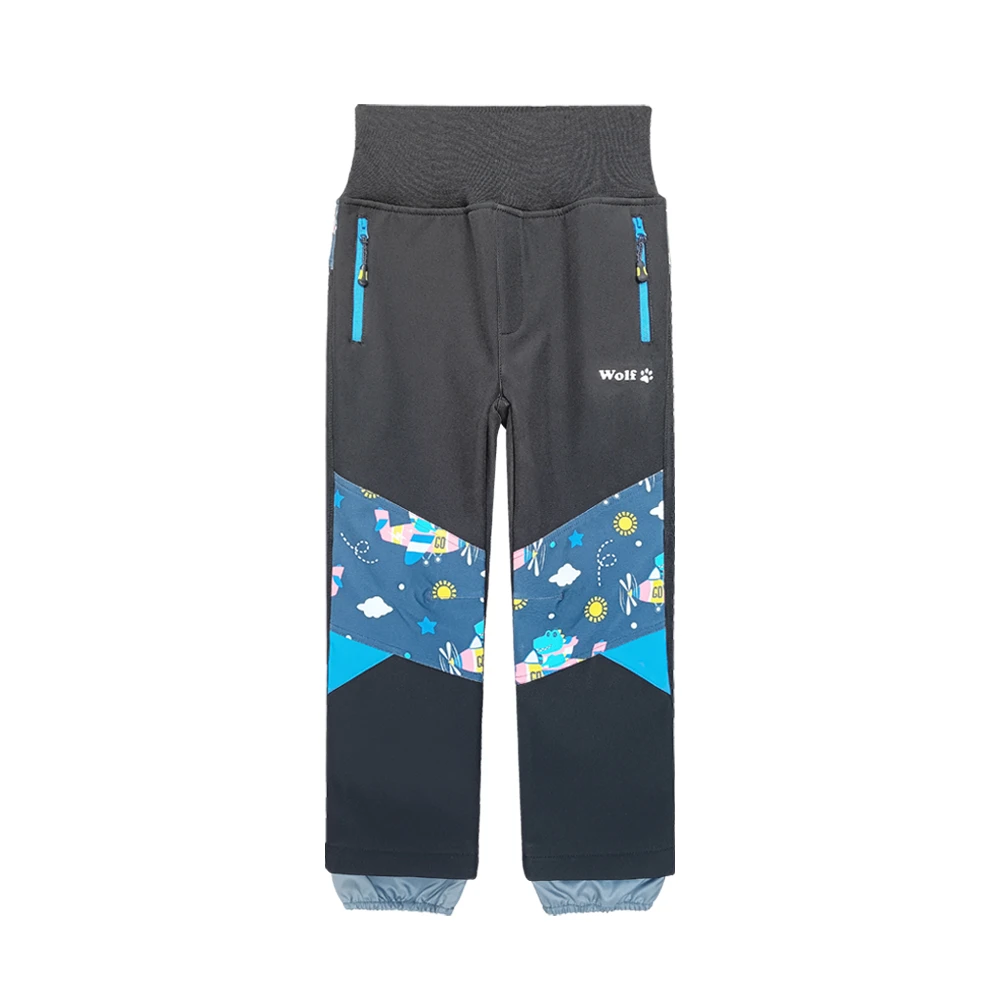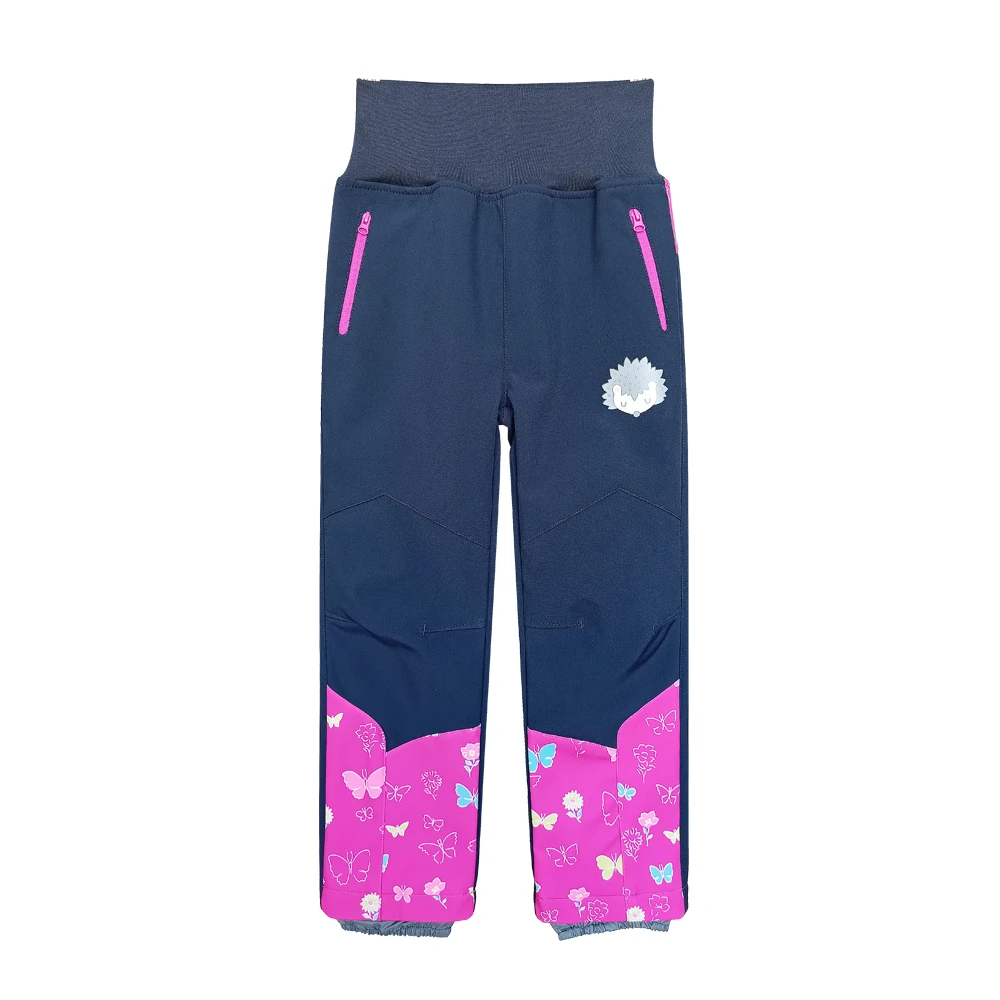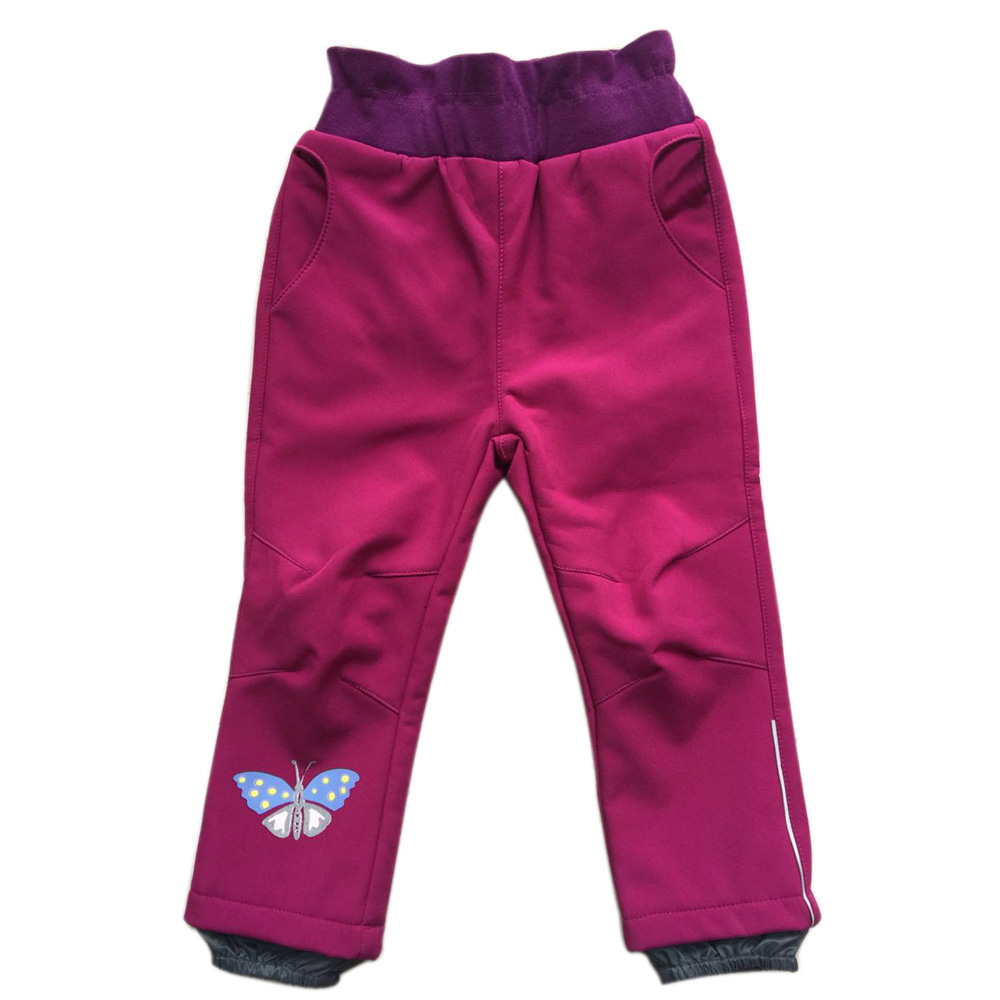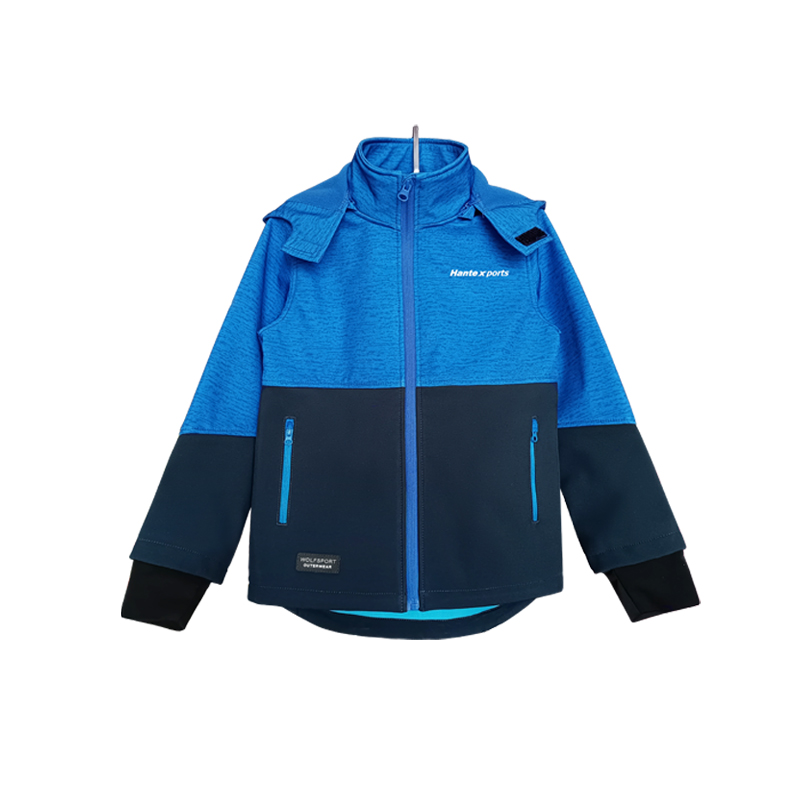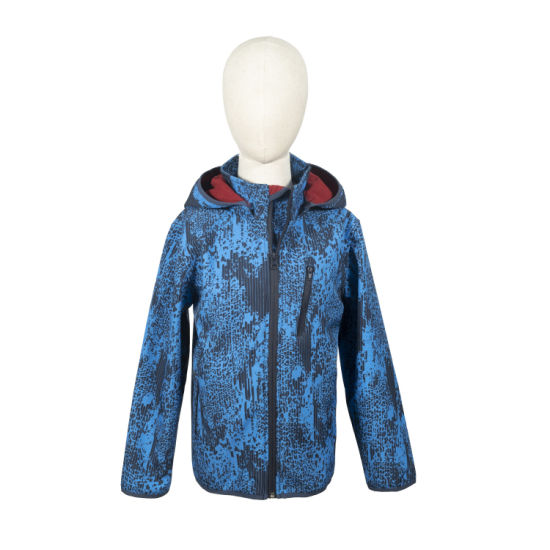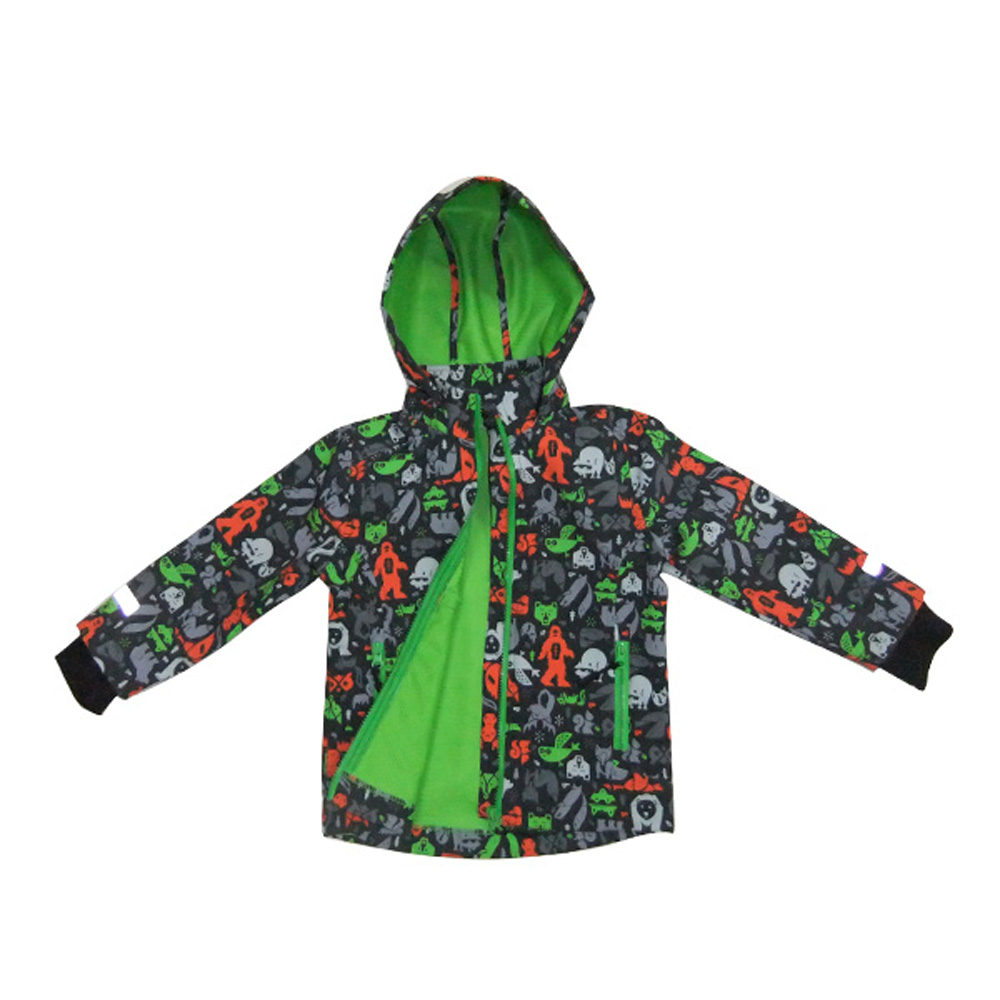Why these winter softshells are quietly becoming the go-to for active kids
I’ve been covering outdoor apparel for over a decade, and every few seasons one item sneaks from “niche” to “parents’ default.” This year, it’s the Boy High-Waist Winter Softshell Trousers. To be honest, the name is utilitarian; the product is anything but. High waist, fleece-backed, and built for playground-to-ski-hill chaos.

What’s driving the trend
Parents want fewer layers, less bulk, and gear that survives slides, rope ladders, icy curbs—real life, basically. Softshells have evolved: better membranes, smarter DWRs, and kid-focused patterns (hello, higher waist that keeps snow out). Many customers say these feel “warm like snow pants, but not clumsy.” I guess that’s the sweet spot.
Technical snapshot (Model KP-2418)
| Shell | 94% polyester / 6% spandex softshell, 3-layer with TPU membrane |
| Lining | Brushed microfleece (200–230 g/m² ≈) |
| Waterproof rating | 8,000–10,000 mm (ISO 811; real-world use may vary) |
| Breathability | RET 9–12 (ISO 11092) |
| Abrasion | >30,000 cycles Martindale (ISO 12947) at seat/knees |
| DWR | C0 (PFC-free) water repellent; 90+ spray rating (AATCC 22) new |
| Sizes | 104, 110, 116, 122, 128, 134 (EN 13402 guided) |
| Waist design | High-rise with elastic and adjusters; snow-blocking back |
| Origin | No.173, Shuiyuan Str., Shijiazhuang, China |
How they’re built (quick process flow)
- Materials: woven stretch face + TPU membrane + fleece backer laminated under precise heat/pressure.
- Cutting & sewing: stress panels reinforced; double top-stitching at inseam.
- Finish: C0 DWR application; reflective trims optional.
- Testing: ISO 811 hydrostatic head, ISO 11092 thermal/moisture, ISO 12947 abrasion, AATCC 22 spray. Wash trials to ISO 6330.
- Expected service life: ≈2–3 winters with normal school/play (30–50 wash cycles).
- Industries: school uniforms, ski schools, outdoor clubs, e-commerce private labels.

Where they shine
- School commutes in sleet or light snow; kids stay warm without overheating.
- Ski lessons, sledding days, windy football sidelines.
- Layering: pair over thermal tights at −10°C, or solo around 0–5°C. Actually, that flexibility is the appeal.
Vendor comparison (what to watch)
| Vendor | Waterproof/Breathable | Reinforcement | DWR Type | Notes |
|---|---|---|---|---|
| Boy High-Waist Winter Softshell Trousers | 8–10k / RET 9–12 | Seat + knees | C0 (PFC-free) | High waist; school-friendly sizing |
| Generic marketplace softshell | 5–8k / RET 12–15 ≈ | None/minimal | Unspecified | Price-led; variable QA |
| Outdoor brand X (premium) | 10–15k / RET 6–10 | Knees | C0 | Higher price; brand warranty |
Customization and compliance
OEM/ODM supported: logos, reflective piping, length grading, detachable braces, colorways. MOQs around 300–600 pcs per color; lead time ≈ 30–45 days after PPS approval. Fabrics can be specified to meet Oeko‑Tex Standard 100 and bluesign criteria (on request). Sizing follows EN 13402. Care: machine wash per ISO 6330; tumble low; refresh DWR after ~10 washes.
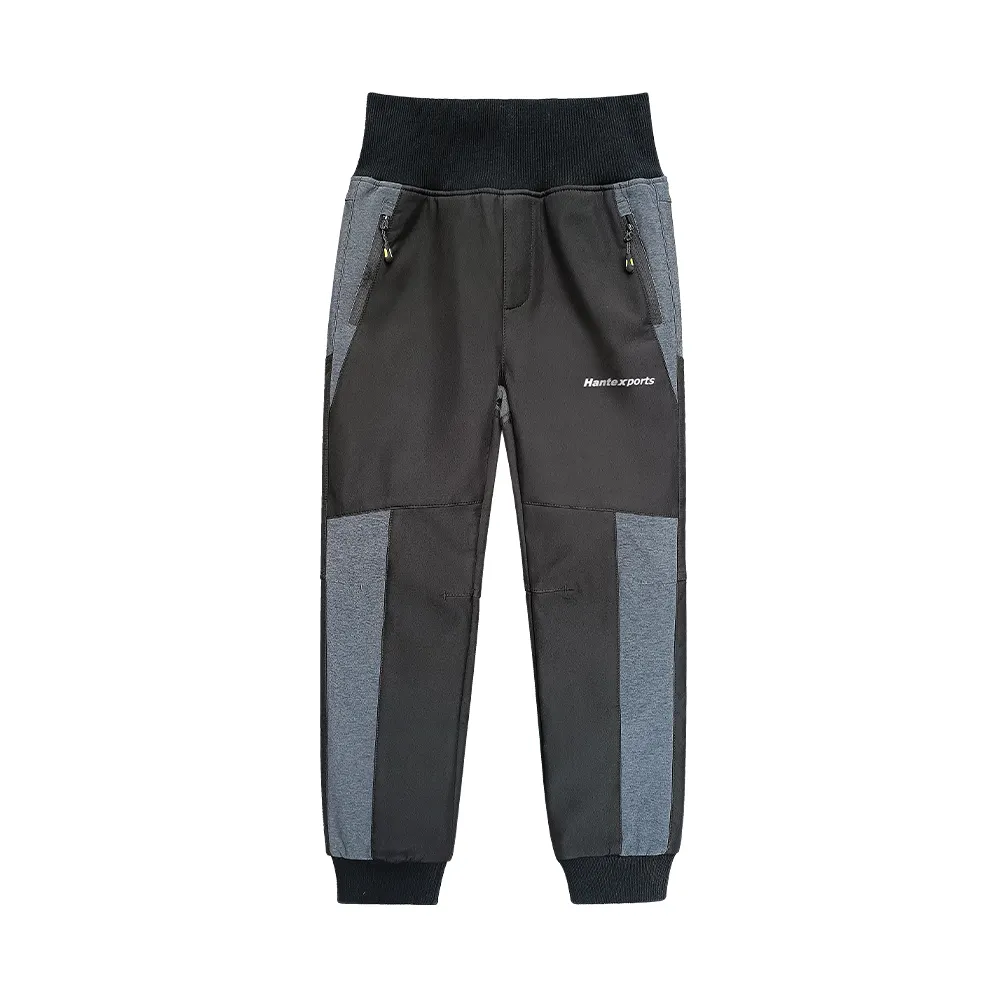
Field notes and feedback
A northern ski school told me returns dropped 30% after switching to Boy High-Waist Winter Softshell Trousers thanks to the tall back and knee durability. Another buyer liked that kids “don’t complain about stiff pants.” Lab checks showed 92–95 spray rating new, holding ~80 after 20 washes (AATCC 22), which—surprisingly—beat two pricier samples I had on the rack.

If you need winter legs that pull weekday duty and still handle a mountain weekend, Boy High-Waist Winter Softshell Trousers are a smart, durable middle path—warm, breathable, and, crucially, easy to live with.
References
- ISO 811: Textile fabrics—Determination of resistance to water penetration (Hydrostatic pressure).
- ISO 11092: Physiological effects—Measurement of thermal and water-vapour resistance of clothing.
- EN 13402: Size designation of clothes—Body measurement definitions and codes.
- AATCC TM22/TM35: Water repellency (spray) and rain test methods for textiles.
- OEKO‑TEX Standard 100 & bluesign criteria for textile chemical safety and input stream management.
- ISO 6330: Domestic washing and drying procedures for textile testing.
